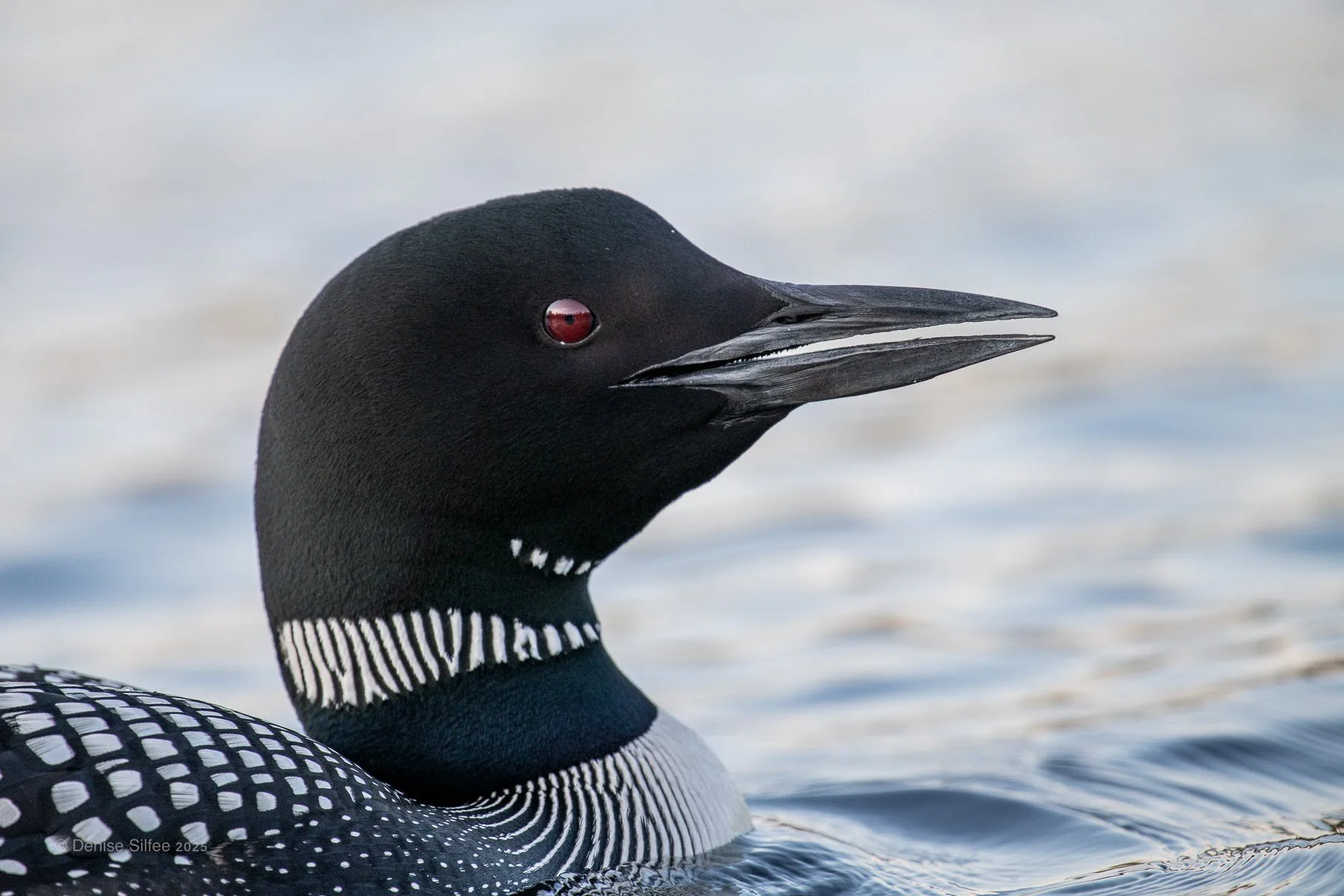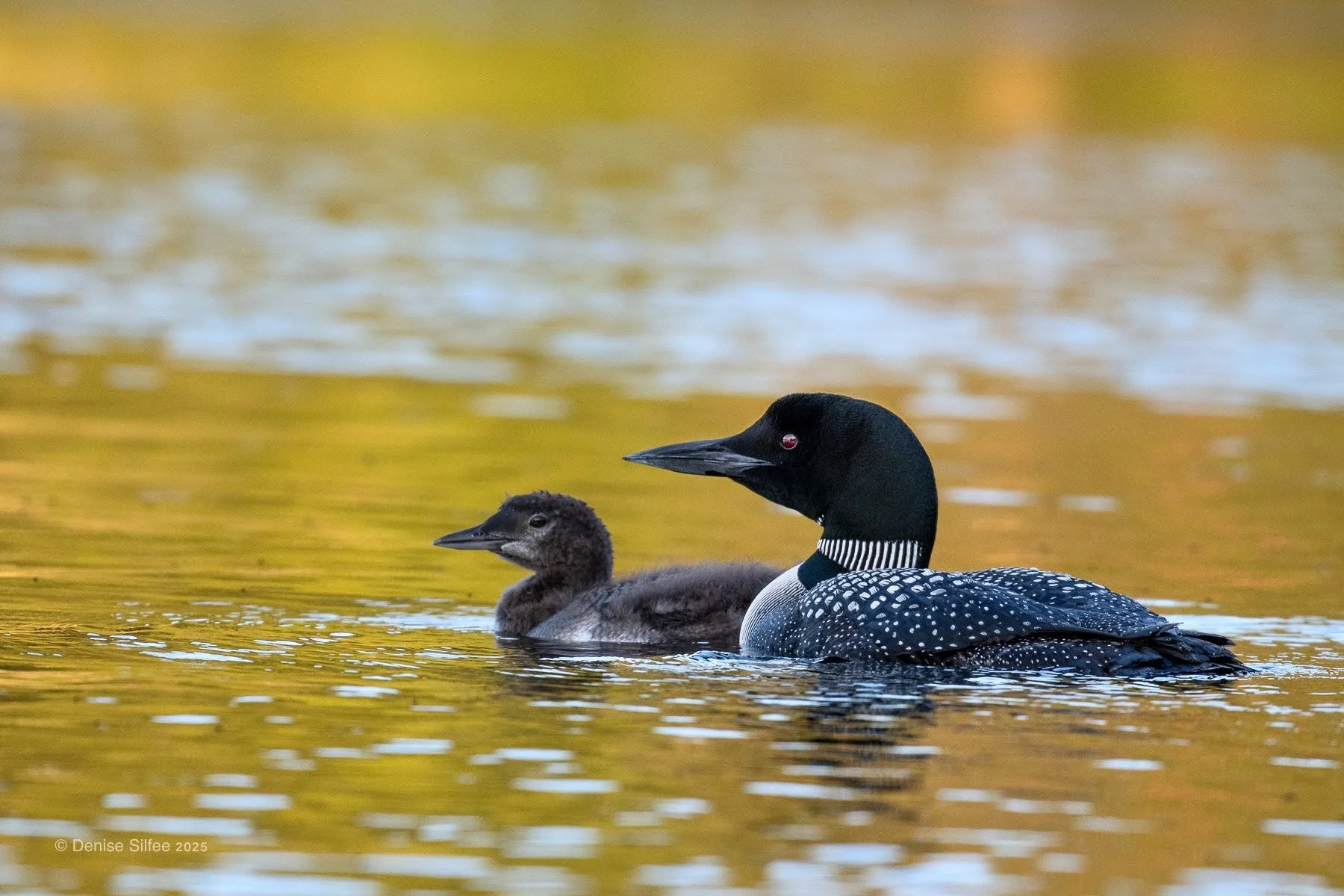Dedicated to inspiring passion for and promoting the conservation of Adirondack loons as environmental sentinels.

Why Loons?
The common loons that breed and nest on the freshwater lakes of the Adirondack Park are iconic symbols of wilderness for many people who call the North Country home. With their unmistakable calls and their brilliant black and white plumage, loons are striking members of Adirondack lake ecosystems.
Common loons also help us better understand the overall health of those ecosystems. As biological indicators, blood and feather samples from common loons reveal the presence and levels of environmental pollutants. By monitoring loons’ nesting success, researchers gain valuable information about stressors to lake habitats.
Explore our site to learn more about the Adirondack Center for Loon Conservation’s research, conservation and education efforts, and welcome to the wonderful world of loons!

Support the Conservation of Adirondack Loons





